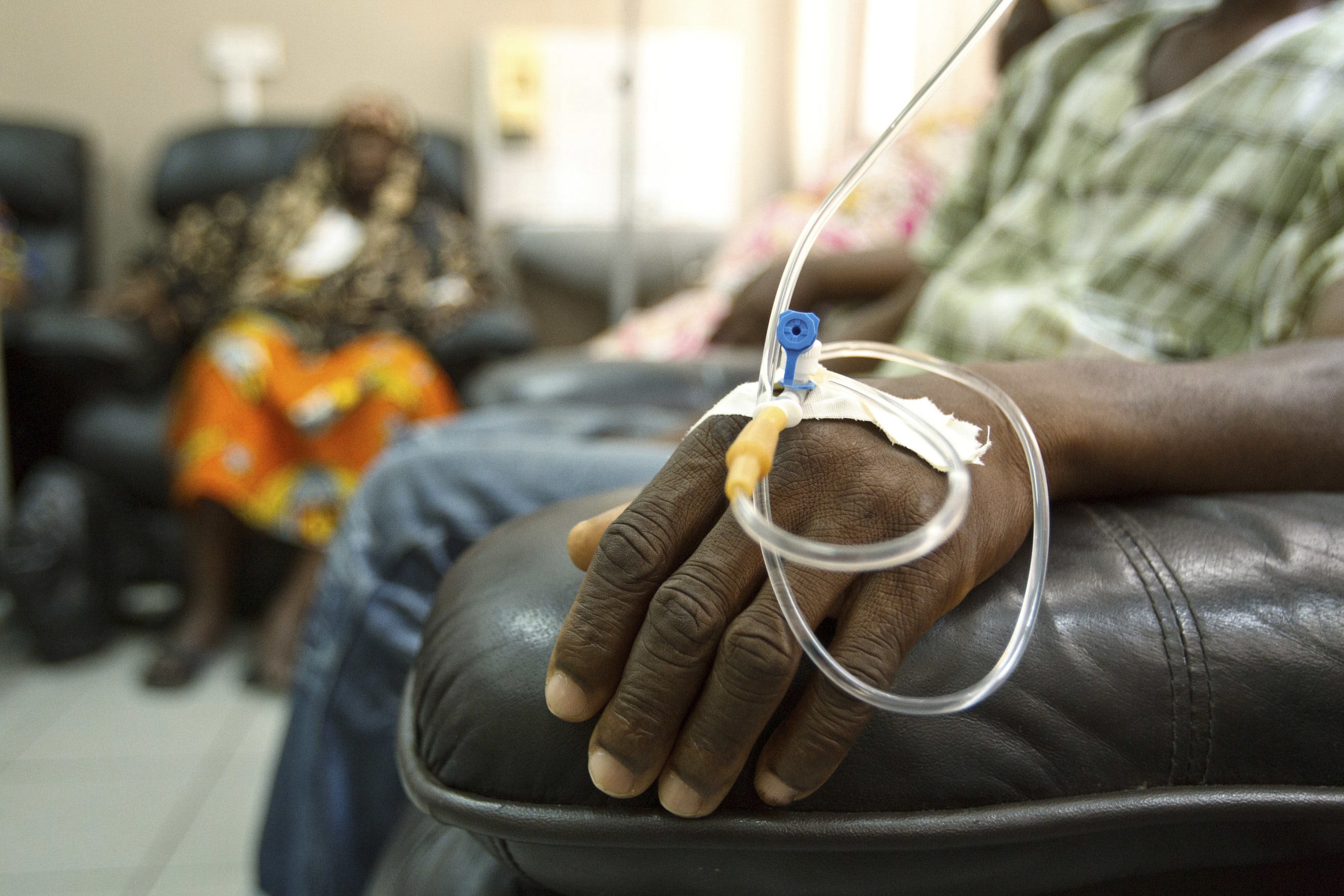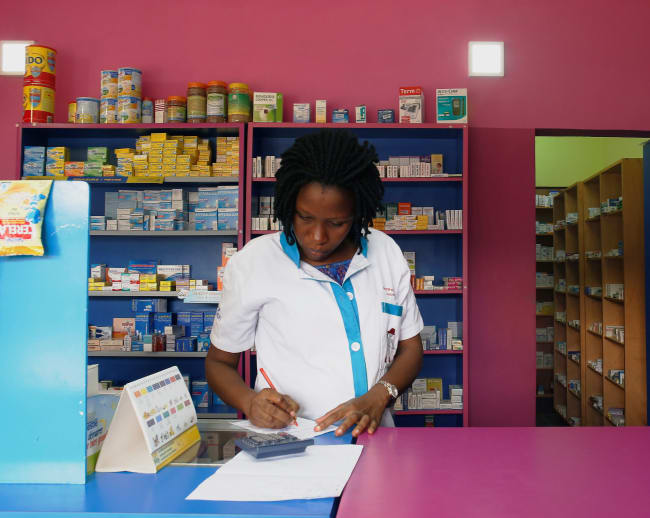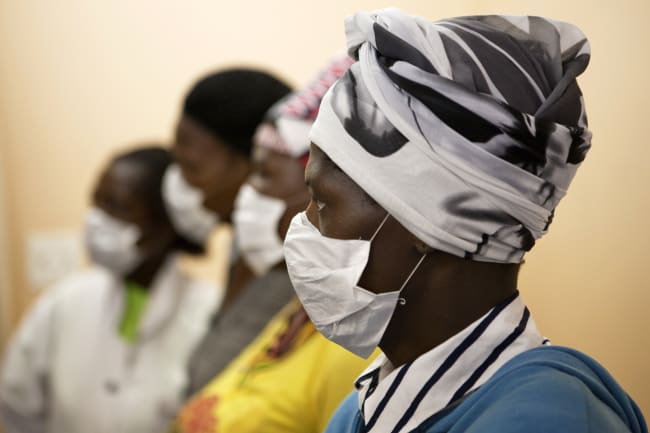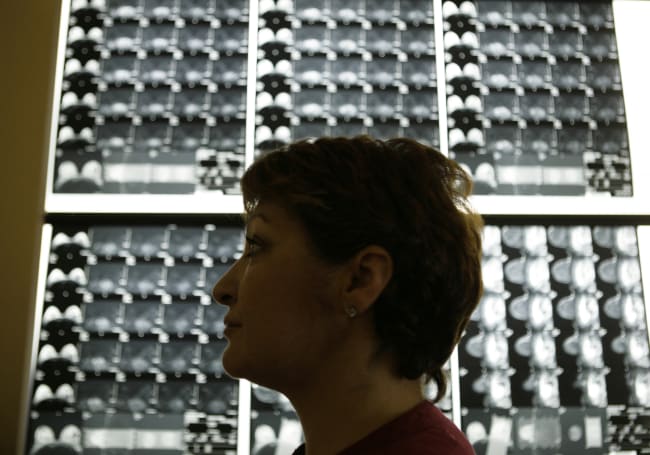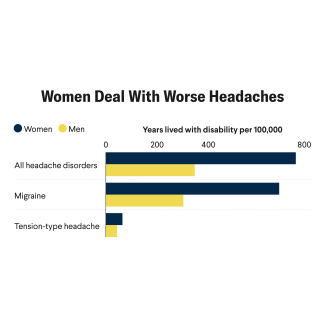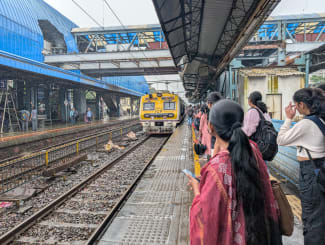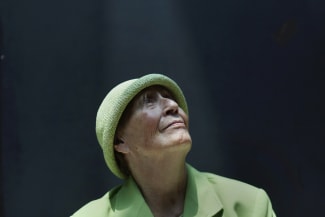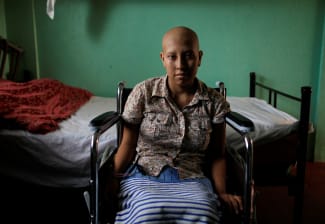Late or missed diagnoses remain one of the most obstinate causes of preventable deaths in Africa. Each year, treatable conditions including tuberculosis, cervical cancer, and certain noncommunicable diseases (NCDs) kill millions of people across the continent. But treatment is not the main barrier.
What is missing is timely, reliable, and affordable diagnosis. For decades, partnerships with the United States, European countries such as France and Germany, and multilateral agencies have tried to address those gaps in Africa. In recent years, another actor has joined the effort: Singapore.
Better known as a global hub for trade and finance, Singapore has built one of Asia's most advanced diagnostic systems for detecting disease. Those applications are now beginning to resonate thousands of miles away, in collaboration with African governments, hospitals, and innovators. In Singapore, artificial intelligence (AI) is increasingly powering diagnostic tools by enabling faster disease detection, predictive analytics, and more equitable access to care in resource-limited settings. As of late 2024, Singapore's government agreed to pledge up to $200 million to the island's public health institutions for the use of AI to improve patient care.
At its core, Singapore's engagement with Africa is reciprocal learning. African partners gain from Singapore's regulatory expertise, system integration, and innovation ecosystem. Singaporean institutions learn from Africa's models of scale, frugality, and community-based health care.
Africa is not a single story—its 54 countries are a patchwork of health systems, regulatory environments, and innovation ecosystems. That diversity makes Africa a dynamic partner—one that is cocreating approaches to diagnostics that neither its nations nor Singapore could have developed alone.
Investments in diagnostics have been overshadowed historically by investments in vaccines, drugs, and health financing. The COVID-19 pandemic changed that calculus, exposing just how fragile testing and surveillance systems were worldwide.
At its core, Singapore's engagement with Africa is reciprocal learning
Singapore had spent decades investing early in laboratory capacity, regulatory science, and digital health data. Because of that preparation, the country was able to expand testing quickly when the pandemic struck. That capability is now shaping a new phase of its international partnerships, especially in Africa, where diagnostic bottlenecks remain acute.
For African governments, Singapore's story resonates because it is a small state that has transformed constraint into capacity. For Singapore, Africa is not only a frontier market but also a place where innovations can be stress-tested at scale.
Turning the Tide of Tuberculosis
Tuberculosis remains one of Africa's deadliest diseases, claiming more than 400,000 lives annually. The central challenge is not treatment but timely diagnosis. Across much of the continent, chest X-rays and sputum tests are often delayed because of shortages of equipment and radiologists. That results in patients going undetected until the disease has advanced or been transmitted.
Singapore's national healthtech agency, Synapxe—which first trialed AI-assisted chest X-ray tools in its National Tuberculosis Screening Centre—could consider future collaboration with hospitals in Ghana, Kenya, and Nigeria, where similar tools have been trialed by other players, as a means to adapt and scale these techniques for African use. In Ethiopia, AI-assisted X-ray screenings identified subtle lung lesions that might have otherwise gone undiagnosed, helping detect TB incidence rates in 8.5% of those screened—nearly seven times the national average.
Singapore has strengthened the enabling environment beyond technology alone. Singapore's Health Sciences Authority, long regarded for its regulatory science expertise in medical devices and AI diagnostics, has become a reference point for officials worldwide. Although formal collaborations in Africa are still emerging, exchanges through global platforms such as the International Coalition of Medicines Regulatory Authorities and the World Health Organization (WHO) are informing how African regulators approach the clinical validation of AI tools. This cross-learning is gradually helping build confidence that new diagnostic technologies can meet international standards while being adapted for local use.
At the same time, Singapore's strengths in financing and investment are beginning to find footholds in African healthtech. Rather than focusing solely on donor-driven procurement, Singapore-based funds have backed startups such as Helium Health in Nigeria, which digitizes hospital and diagnostic records, and mPharma in Ghana, which manages community pharmacies and supply chains to improve access to medicines and diagnostic services.
These types of investments demonstrate how Singapore's capital and system design experience can complement Africa's entrepreneurial drive to build sustainable models for health-care delivery. TB diagnostics remain heavily supported by the Global Fund and Unitaid, but the growing involvement of Singaporean investors in broader healthtech signals an opportunity: embedding innovations into domestic budgets and private sector ecosystems so that access does not depend solely on external aid.
Taken together, such partnerships highlight how Singapore's combined strengths in regulation, financing, and innovation can support Africa's push for faster, more equitable, and ultimately sovereign health systems.
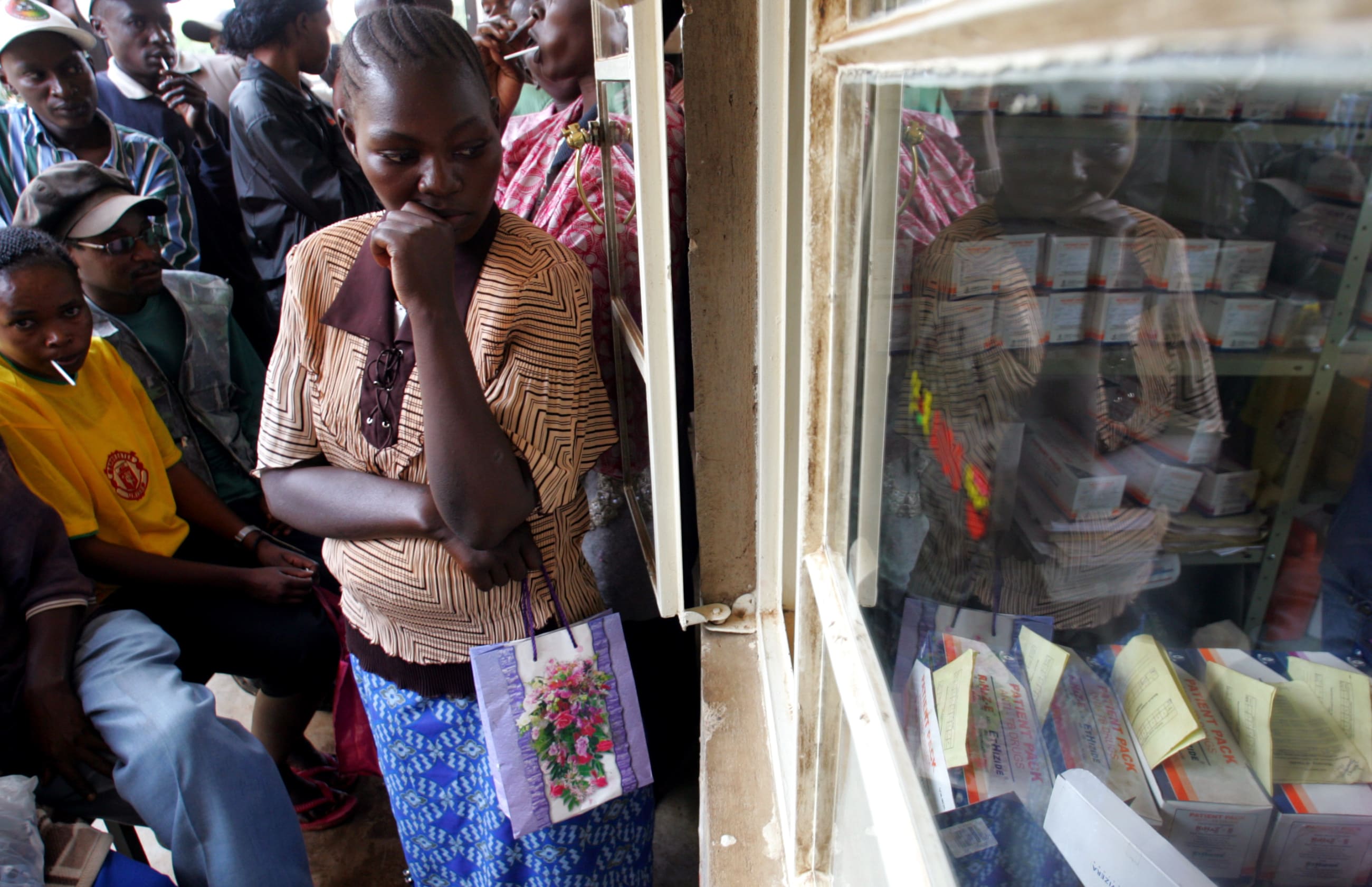
Cervical Cancer: Screening Access as System Equity
Singaporean startups and Singapore-backed firms have also begun piloting smartphone-based cervical cancer screening tools in East Africa. Cervical cancer is the fourth most common cancer among women worldwide, and in sub-Saharan Africa remains the leading cause of cancer-related deaths. According to the WHO, more than 85% of cervical cancer deaths occur in low- and middle-income countries, Africa carrying the heaviest burden. As true of TB, the primary challenge is not treatment but late or missed diagnoses, which prevent women from accessing care when it is most effective.
In Rwanda, Singapore-backed medtech firms such as MobileODT have partnered with local hospitals to expand cervical cancer screening. MobileODT's flagship technology, the EVA System, is a smartphone-linked colposcope that allows nurses to capture high-quality images of the cervix and upload them securely for cloud-based analysis. By leveraging portable devices rather than complex laboratory infrastructure, this technology enables screenings to be performed in rural clinics and results available almost instantly.
The pilots have proven to have an impact in settings where access to gynecologists and diagnostic labs is scarce. Nurses trained to use the EVA System can detect precancerous changes early and refer patients before the disease advances [PDF]. In Rwanda alone, 5,000 women between 30 and 54 were screened with this tool. In addition to shortening the diagnostic timeline and expanding access to care, the EVA system reduces the risk of women's being lost to follow-up—a recurring challenge in cancer care across low-resource settings.
More broadly, this system reflects Singapore's broader ethos of lean, high-quality engineering: devices that are efficient, portable, and designed to withstand real-world constraints. In African contexts, those qualities are more than design choices—they are lifelines. By embedding such technologies into primary care, Singaporean-backed innovation is extending diagnostic access to women who have historically been left out, even as Singapore learns from African partners how to build solutions that are scalable, resilient, and culturally grounded.
Noncommunicable Diseases: The Next Diagnostic Frontier
As Africa undergoes an epidemiological transition, NCDs are swiftly rising alongside infectious threats. Diabetes is among the most pressing: An estimated 24 million [PDF] Africans live with diabetes, a number expected to swell to 55 million by 2045. As prevalence climbs in both urban and rural parts of Africa, one complication in particular presents a challenge. Diabetic retinopathy is now a leading cause of preventable blindness, primarily because early detection remains rare. Again, the obstacle is not lack of treatment but the absence of timely and accessible screening, which is essential for preserving sight.
Singapore has confronted similar challenges. The nation pioneered responses to its own diabetes burden by investing in AI-powered retinal imaging. A prime example is EyRIS, a Singapore-based healthtech company behind the SELENA+ system—an AI algorithm capable of detecting diabetic retinopathy, glaucoma, and macular degeneration from retinal scans in less than a minute. SELENA+ has moved beyond pilot stages; it's already integrated into Singapore's national diabetic retinopathy screening program, significantly reducing triage time and improving diagnostic efficiency.
This technology is now taking root in Africa. EyRIS has entered a tripartite partnership with the Tanzania Ministry of Health and London School of Hygiene & Tropical Medicine's International Centre for Eye Health, aiming to validate SELENA+ for diabetic retinopathy screening in low-resource settings. This initiative seeks to address Tanzania's stark shortage of eye care professionals (estimated at just 1 ophthalmologist per 1 million people) and to adapt AI screening to practical realities on the ground.
These collaborations are mutually beneficial. For African health systems, AI tools such as SELENA+ offer a scalable way to expand diagnostic capacity in places with few specialists. For Singapore, deploying SELENA+ in Tanzania—or future settings—provides invaluable lessons on how to design AI tools for diverse populations, limited infrastructure, and sustainable integration. It is a partnership rooted in shared learning: improving access and outcomes in Africa while advancing innovation resilience that Singapore can carry forward.
A Shared Future in Diagnostics: Singapore and Africa
These stories show that collaboration on diagnostics isn't about Singapore "exporting" know-how or Africa "receiving" it. It's a dialogue—one that recognizes that the future of diagnostics will be cocreated, not prescribed. The tools that help a nurse in Kigali catch TB earlier also strengthen Singapore's own diagnostic system. Singapore's story of turning constraint into capacity resonates across African contexts—places where ingenuity has long been a survival strategy.
At its core, this partnership is about equity. Diagnostics don't grab headlines the way vaccines or drugs do, but they do decide who gets treated, and when. Making them faster, cheaper, and closer to where people live doesn't just change outcomes—it builds trust. And trust is what keeps health systems standing.
The work is far from complete. What's emerging between Singapore and Africa spotlights something more substantial: Small states and emerging innovators aren't just adapting to the global health playbook anymore—they're helping write it. Building diagnostic systems that last will take investment, regulatory confidence, and the imagination to do things differently.
If there's a lesson from both journeys, it's that constraint can be a starting point, and invention, when shared, can be survival.
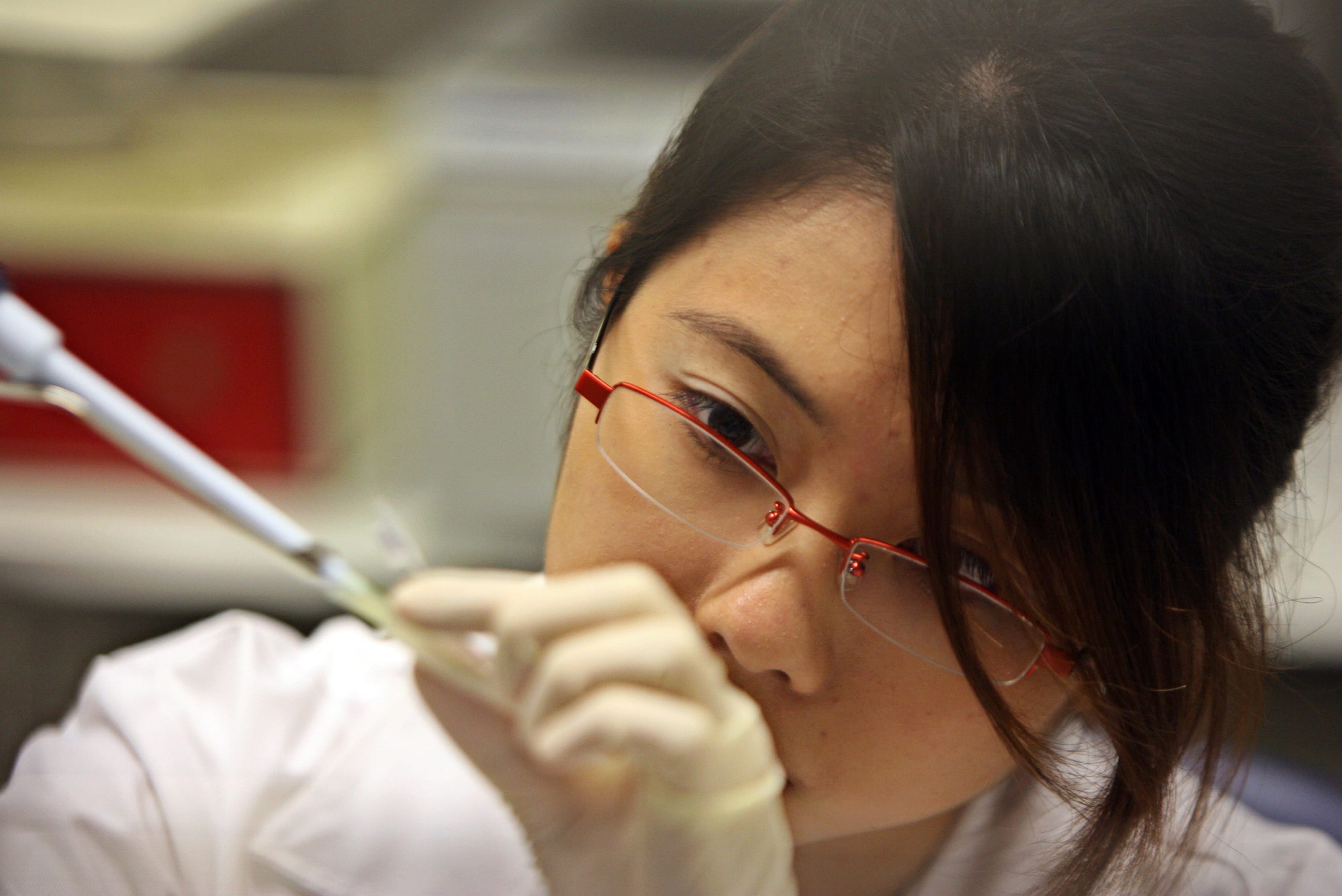
EDITOR'S NOTE: This article was corrected on September 26, 2025 to reflect that Synapxe has not partnered with African nations to deploy its AI-assisted chest X-ray tools.
